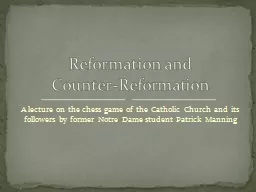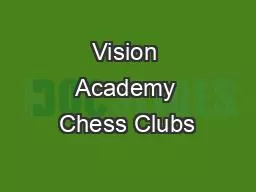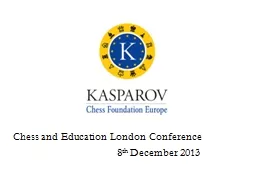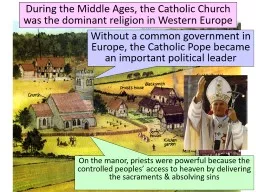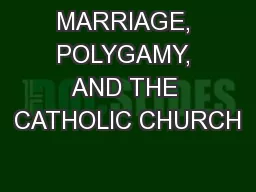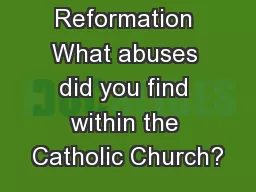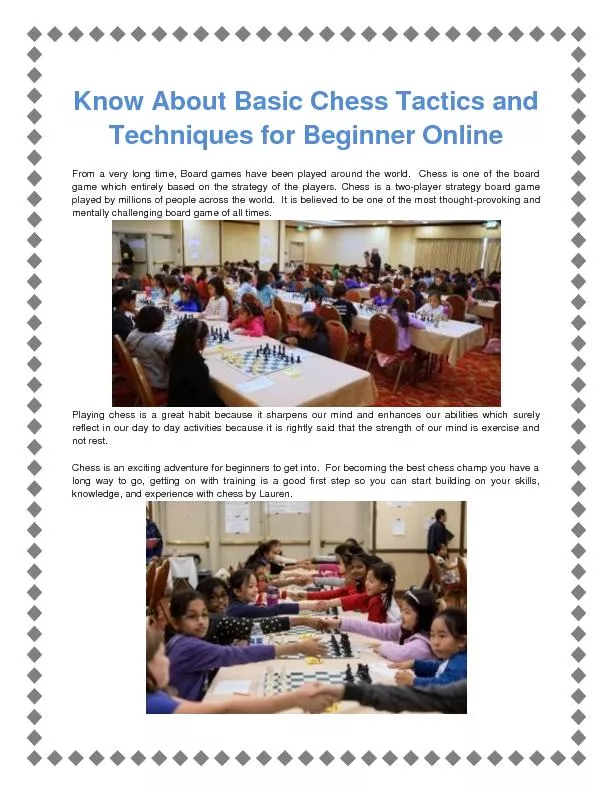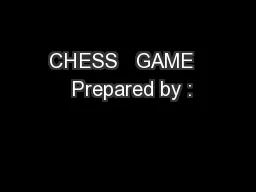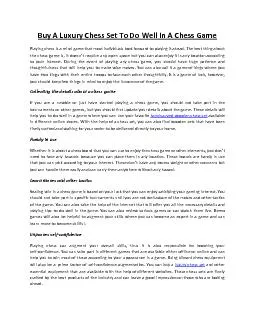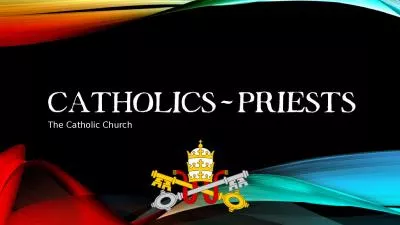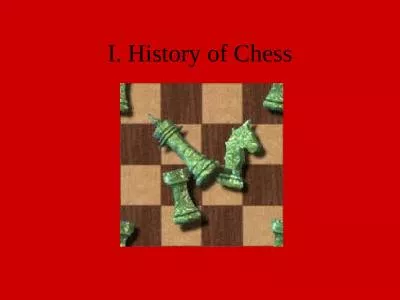PPT-A lecture on the chess game of the Catholic Church and its
Author : kittie-lecroy | Published Date : 2016-07-03
Reformation and CounterReformation The Reformation was not only revolt against the teachings and practices of the Catholic church but against authority as well
Presentation Embed Code
Download Presentation
Download Presentation The PPT/PDF document "A lecture on the chess game of the Catho..." is the property of its rightful owner. Permission is granted to download and print the materials on this website for personal, non-commercial use only, and to display it on your personal computer provided you do not modify the materials and that you retain all copyright notices contained in the materials. By downloading content from our website, you accept the terms of this agreement.
A lecture on the chess game of the Catholic Church and its: Transcript
Download Rules Of Document
"A lecture on the chess game of the Catholic Church and its"The content belongs to its owner. You may download and print it for personal use, without modification, and keep all copyright notices. By downloading, you agree to these terms.
Related Documents

